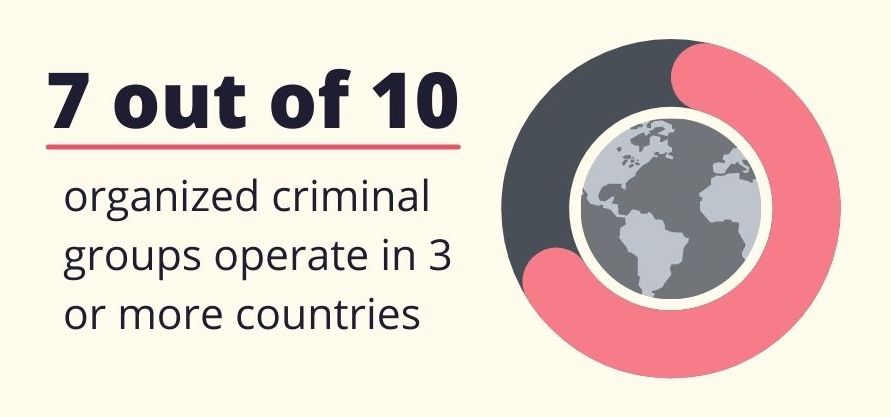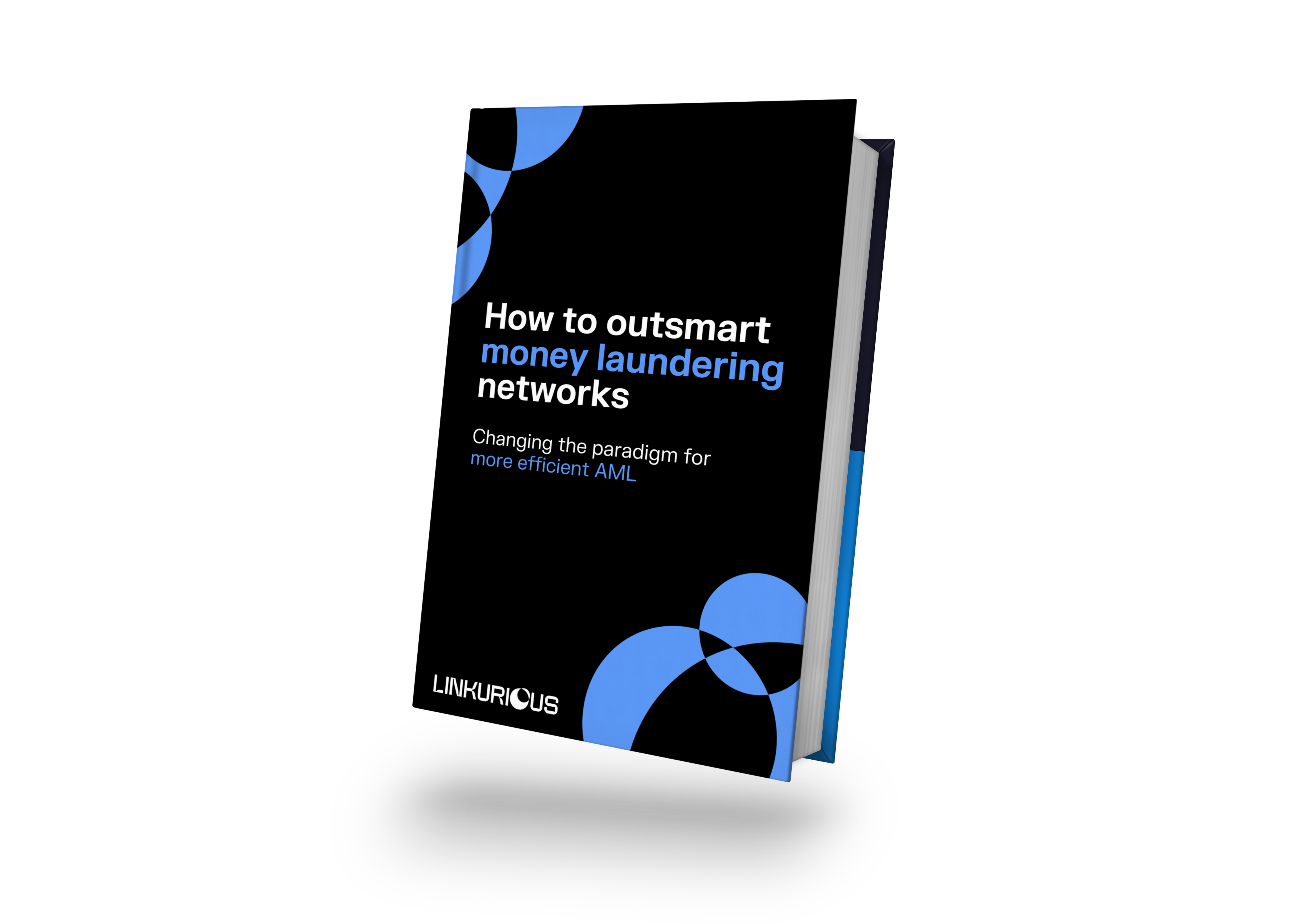Despite tightening anti-money laundering regulations and increasing pressure on the private sector, it’s become clear that the system isn’t working well enough. There are too many loopholes in AML compliance rules. Too many criminals still act with impunity. The AML regulations that governments have enacted, even when they’ve resulted in improvements, have not put a stop to money laundering and other financial crime.
Take the example of the FinCEN files. These thousands of leaked documents, including Suspicious Activity Reports (SARs) filed with the US financial crimes authority FinCEN, revealed the potentially illicit transfer of some $2 trillion by major banks. The story is a clear signal that something isn’t working. If such huge amounts of potentially dirty money are making it through the system, that system needs to be changed. And some of those changes are happening now.
What do changing AML compliance rules mean for your organization? And how can you make sure you’re ready now and in the future?
Money laundering continues to flourish globally despite an accelerating drive by authorities to stem financial crime. Europol found in a 2021 study (1) that the scale and complexity of money laundering in Europe was higher than previously estimated. This finding emerged even though several anti-money laundering directives have been enacted over the past years.
Part of the challenge is emerging threats. Cryptocurrencies have become a popular way to launder money. And cybercrime is increasingly linked to money laundering as criminals exploit new opportunities for illicit gain.
 Criminals laundering money also tend to work internationally. The same Europol study found that 7 out of 10 organized criminal groups operated in three or more countries. This helps dirty money move easily across borders, and international cooperation has struggled to keep pace.
Criminals laundering money also tend to work internationally. The same Europol study found that 7 out of 10 organized criminal groups operated in three or more countries. This helps dirty money move easily across borders, and international cooperation has struggled to keep pace.
In response, regulators around the world are tightening regulations.
In response to the persistent problem of money laundering within Europe (and beyond) the European Union adopted the 6th Anti Money Laundering Directive (6AMLD) at the end of 2020. It was enacted only six months after 5AMLD, showing how urgent the EU found it to address some of the problems that previous legislation failed to resolve.
The main goals of 6AMLD are to incentivize doing more to fight money laundering and to better empower European authorities. What actually changes in 6AMLD? Some of the main shifts include:
- Creating a harmonized definition of money laundering within the EU, including a common list of 22 predicate offenses. Creating a common definition tightens loopholes and makes sure European countries are on the same page.
- Extended criminal liability to all legal persons. That means companies, partnerships, lawyers, consultants, etc. can all be held responsible for AML compliance failures.
- Punishments have become more serious. New punishments have also been added. Now, for example, acts of omission are punishable by law.
- 6AMLD creates a framework for better cooperation between EU member states.
The 6AMLD isn’t the only tool in Europe’s kit, either. In April 2021, the European Commission announced a 5-year legislative plan to combat organized crime and target money laundering. The plan aims, among other things, to create better ways for law enforcement to use data in their investigations.
On the other side of the Atlantic, AML compliance is also on the move. In early 2021, the US made an important step towards cracking down on shell companies when it enacted the Corporate Transparency Act (CTA). The CTA establishes a national registry of ultimate beneficial owners (UBOs) of corporations, making it harder to hide money in anonymous structures.
Other changes may be on the horizon. Following the FinCEN Files leaks, the US seems poised to reform the agency. FinCEN’s director has also said they are focused on getting additional staff and resources. Changes to the agency could change how SARs are handled, potentially impacting financial institutions.
Under the Trump administration, there was also a historic dismantling of anti-corruption laws. The Biden administration may act to counter those changes and take a tougher stance on financial crime, which could result in new regulations.
The push for stronger AML regulations isn’t confined to the US and Europe. There is a global trend of policy aiming to do more to fight money laundering and financial crime. In December 2020, Australia enacted the Anti-Money Laundering and Counter-Terrorism Financing and Other Legislation Amendment Act 2020. This established a set of new regulations that will roll out over the next couple of years.
As another example, Singapore’s Payment Services Act went into effect last year. The legislation places regulations on payments systems and services and aims to mitigate money laundering risks, particularly around digital transactions.
With AML increasingly a legislative priority around the world, regulations will continue to change. To be ready for regulatory evolutions, organizations should consider adopting more powerful technology that can readily adapt as needed.
Financial institutions face tight deadlines to file SARs. It’s likely there will only be more pressure to react quickly to suspicious activity. Part of the solution to managing increasing time pressure is making better use of data to deliver the right information in a tight timeframe.
Traditional investigation methods rely too much on manual processes like searching through tabs to piece together connections within data. This can be slow and inefficient. Adopting technology that relies on graph analytics to visually display the context around clients or transactions can help radically speed up investigations.
Money laundering has historically been handled separately from other crimes within organizations. But money laundering is often deeply connected with other types of financial crime, including fraud and cybercrime.
To stay ahead of threats, taking a more holistic approach to AML can be especially effective. This translates to collaboration and data sharing across departments. De-siloing data and decision making gives AML professionals access to more contextual information. Seeing the big picture within your data means less suspicious activity can slip through the cracks.
In addition to going broader with data insights, organizations also need to go deeper. Within the huge amounts of data financial institutions hold, they must be able to detect and investigate high-risk suspicious activities. Graph analytics is perfectly suited for this. This next-generation technology enables investigators to dynamically explore complex networks to uncover hidden relationships. This holistic view of the context related to each investigation helps identify suspicious activities and sophisticated money laundering patterns that might otherwise go undetected.
Detailed, high-quality data may also be increasingly in demand from financial investigative units (FIUs) who on their side are also under pressure to increase efficiency in handling SARs.
When we talk about the regulations financial institutions must comply with, we often talk about the regulatory burden. And there’s good reason to call it a burden: with more regulations and pressure from the authorities, organizations also find themselves devoting more and more resources to compliance. Participants in a recent study spent an estimated $117.5 billion in 2020 in EMEA (2).
The cost of compliance arises from both labor and technology. According to the same study, organizations investing more in technology saw fewer increases in compliance costs. It shows that strategic use of technology can go far in optimizing existing resources, including human resources.
And efficiently allocating resources means organizations are not only empowered to be compliant, but also better armed to effectively fight financial crime.
(1) European Union serious and organized crime threat assessment, 2021, Europol
(2) True cost of financial crime compliance study, 2021, LexisNexis.
A spotlight on graph technology directly in your inbox.
